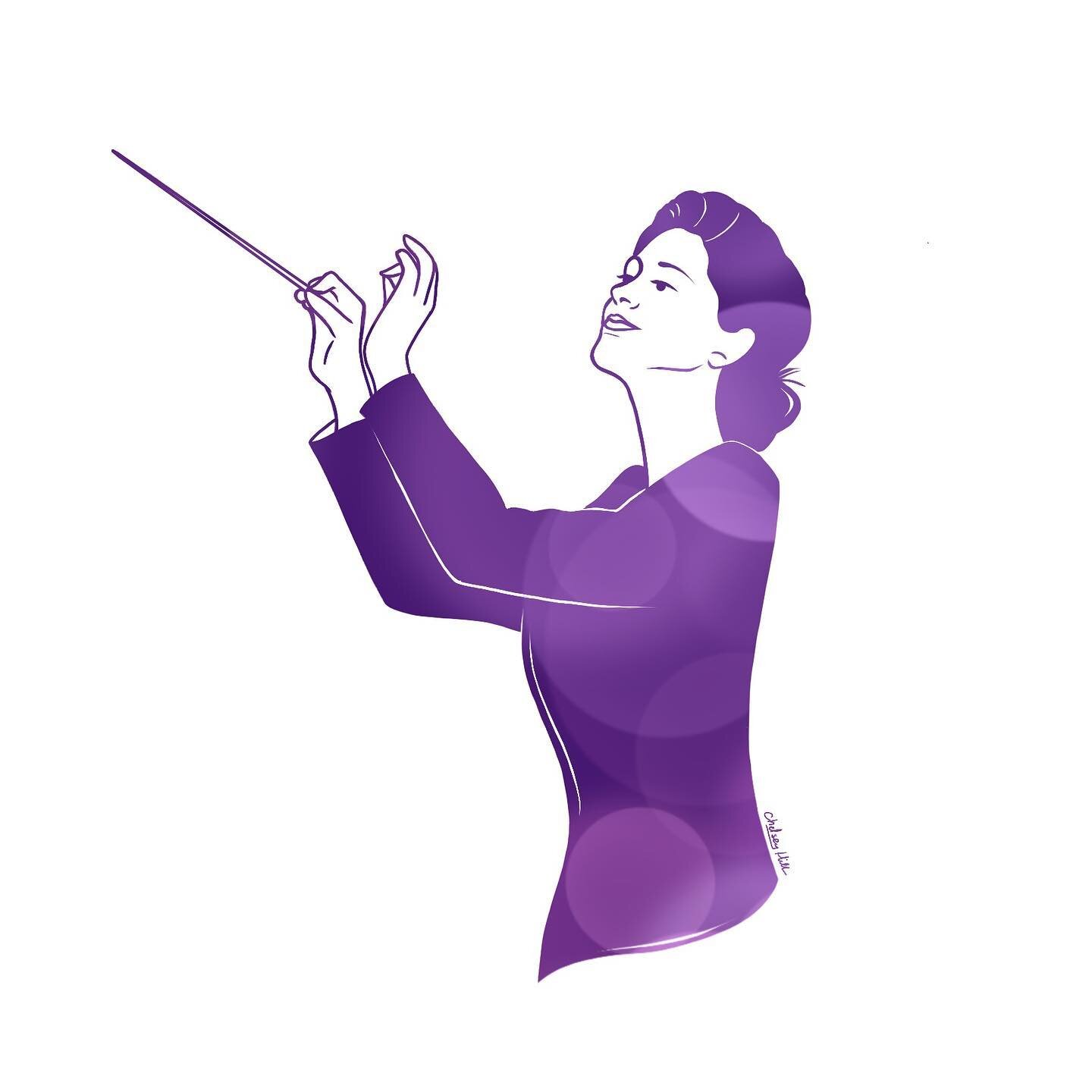SEVENTH CHORDS
A SEVENTH CHORD is the next most-complex chord after a TRIAD. It has four notes instead of three and adds the 7th scale degree to the top of a triad - which is where it draws its name (1 3 5 7). Because there are four notes in the chord, it has many more quality types than triads depending on what scale degrees are altered. For the sake of Theory II, we will only learn 6 qualities of seventh chords.
SEVENTH CHORDS IN CONTEXT …
Not every triad in a scale will be a seventh chord. For the most part, only V⁷, ii⁷, viiᵒ⁷ will be used and maybe a few others on occasion. You will very rarely ever see a I
MAJOR SEVENTH CHORD
Also known as the “MAJOR-MAJOR” seventh chord because its triad is major and its seventh is major.
CHORD SYMBOL: Xᴹ⁷
SCALE DEGREES: 1 3 5 7
INTERVALS: M3 m3 M3
SOUNDS LIKE: mellow, lazy
DOMINANT SEVENTH CHORD
Also known as the “MAJOR-MINOR” seventh chord because its triad is major and its seventh is minor.
CHORD SYMBOL: X⁷
SCALE DEGREES: 1 3 5 b7
INTERVALS: M3 m3 m3
SOUNDS LIKE: jazzy
MINOR SEVENTH CHORD
Also known as the “MINOR-MINOR” seventh chord because its triad is minor and its seventh is minor.
CHORD SYMBOL: Xᵐ⁷
SCALE DEGREES: 1 b3 5 b7
INTERVALS: m3 M3 m3
SOUNDS LIKE: melancholy
HALF-DIMINISHED SEVENTH CHORD
Also known as the “DIMINISHED-MINOR” seventh chord because its triad is diminished and its seventh is minor.
CHORD SYMBOL: Xø⁷ this symbol is a o with a slash through it to represent that it is HALF diminished, not fully diminished
SCALE DEGREES: 1 b3 b5 b7
INTERVALS: m3 m3 M3
SOUNDS LIKE: melodramatic
DIMINISHED SEVENTH CHORD
Also known as the “FULLY-DIMINISHED” seventh chord because its triad is diminished and its seventh is diminished.
CHORD SYMBOL: Xᵒ⁷
SCALE DEGREES: 1 b3 b5 bb7
INTERVALS: m3 m3 m3
SOUNDS LIKE: extremely dangerous
AUGMENTED SEVENTH CHORD
This is a weird seventh chord and is created by using the notes in the WHOLE-TONE SCALE (the scale created with only whole steps: WWWWWW)
CHORD SYMBOL: X⁺⁷
SCALE DEGREES: 1 3 #5 b7
INTERVALS: M3 M3 d3
SOUNDS LIKE: dreamlike
SEVENTH CHORD QUALITY CHART
INVERSIONS
Because there are four notes in the seventh chord, there are four possible inversions (including root position). The inversions follow the same pattern as triad inversions: Root Position, First Inversion, Second Inversion, and Third Inversion.
ROOT POSITION
Any seventh chord in root position will have a “7” after its quality symbol. If there is no quality symbol, it is a dominant seventh chord.
CHORD SYMBOL: X_⁷
SCALE DEGREES: 1 3 5 7 (for major)
INTERVALS: M3 m3 M3
FIRST INVERSION
The first inversion chord is called the “6/5” because the “1” is a 6th above the “3” in the bass and the “7” is a 5th above the “3”.
CHORD SYMBOL: X_⁶⁵
SCALE DEGREES: 3 5 7 1(for major)
INTERVALS: m3 M3 m2
SECOND INVERSION
The second inversion chord is called the “4/3” because the “1” is a 4th above the “5” in the bass and the “7” is a 3rd above the “5”.
CHORD SYMBOL: X_⁴³
SCALE DEGREES: 5 7 1 3 (for major)
INTERVALS: M3 m2 M3
THIRD INVERSION
The third inversion chord is called the “4/2” because the “3” is a 4th above the “7” in the bass and the “1” is a 2nd above the “7”.
CHORD SYMBOL: X_⁴²
SCALE DEGREES: 7 1 3 5 (for major)
INTERVALS: m2 M3 m3












